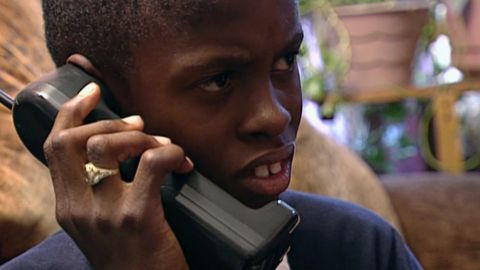- We have this general understanding in pediatrics
that children living in very threatening environments
are at greater risk for health problems
but we've had no way to screen for that.
And we're close to being able to screen for that.
- There, you see that?
- [Brunette Woman] Yeah.
- She really wants to walk.
- We will have measures to be able to differentiate
children who seem to be more sensitive to adversity,
and therefore need more attention,
and at the same time this will be a measure of resilience
because there are a lot of children
living in very tough environments
who are doing well and whose parents
are doing a magnificent job. That's the big breakthrough.
It's being able to measure this at an individual level.
- There she is.
- Simple EEG, a measurement
of electrical activity in the brain,
put a little cap on a child's head,
a couple of minutes you get an EEG tracing.
It will tell you about the electrical activity in the brain,
which in cases of stress can also be decreased.
- [Brunette Woman] Hi, Mimi. (laughter)
It's all good! You look really good!
Yeah.
- All right. So we're interested in understanding
how babies react to the different experiences
that they have, and one way we do this is
by recording her brain activity
by wearing this special hat,
and then while she's wearing it she'll watch a movie
and we'll get to see what's going on in her brain.
(tinkering music)
- [Blonde Woman] Nice job.
- This is bringing 21st century neuroscience
into the community setting in a pediatric office
where people can interpret this and it's a whole new world.
There's science of excessive stress effects
and we can measure these in simple ways.
We can look at stress hormones like cortisol.
These are things that you can collect in urine,
you can collect them in saliva.
So they'll be very simple to do
in a community-based setting.
- If this becomes standard of care in pediatricians' offices
they have perhaps one of the most powerful tools ever
to identify children at risk
for exposure to excessive stress
to know whether or not children are living
in excessively stressful circumstances
and to measure whether or not they're getting better
from the interventions that we provide.





